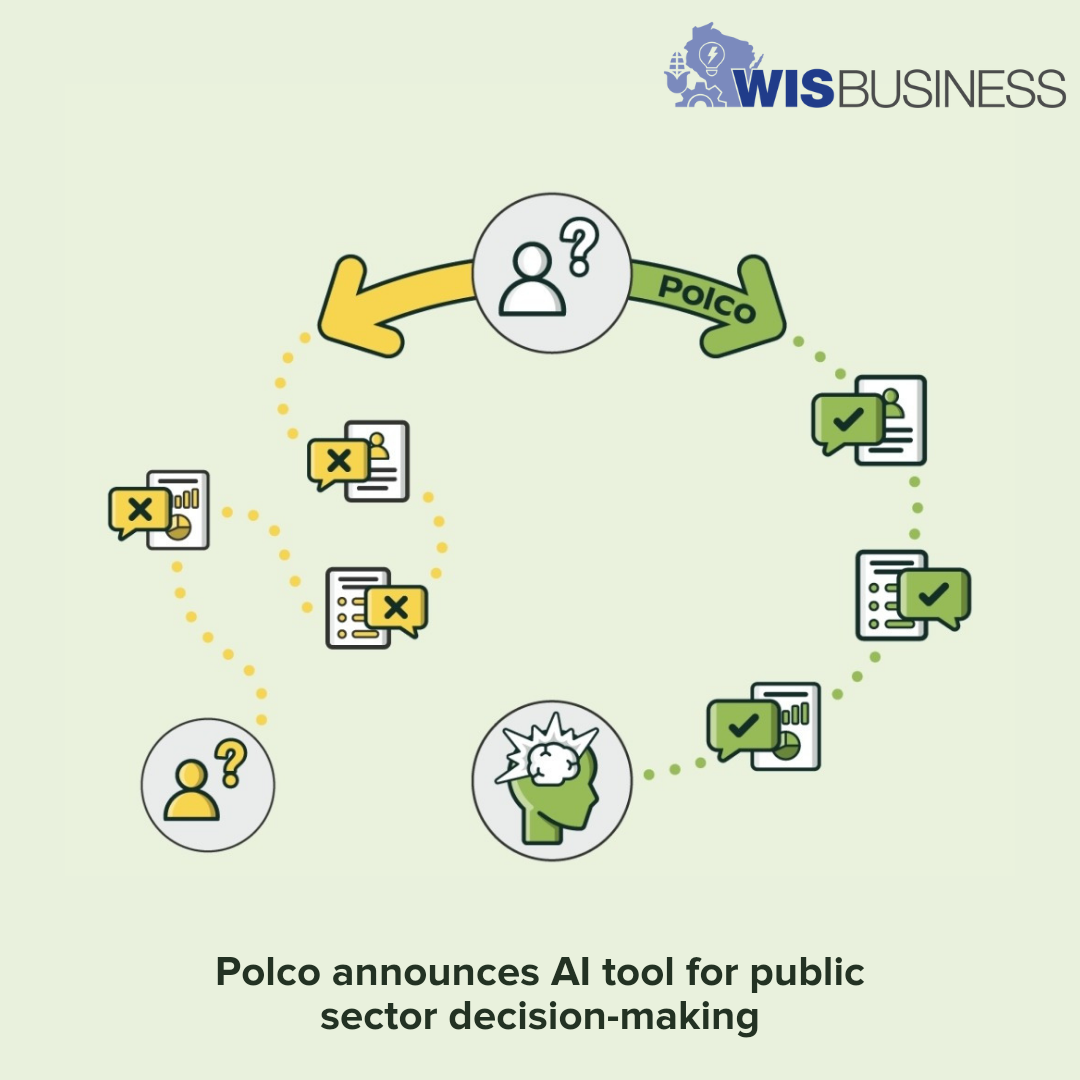Transparency campaigners welcome government move
Transparency campaigners are applauding the government's decision to publish details of the algorithms used in artificial intelligence and algorithmic tools. This move comes after concerns were raised about the presence of "entrenched" racism and bias in these tools.
Victory for campaigners
Officials have confirmed that the tools, which have been challenged by campaigners for their lack of transparency and potential bias, will be named soon. These technologies have been employed for various purposes, including identifying sham marriages and detecting fraud and errors in benefit claims.
![What is AI bias? [+ Data]](https://www.hubspot.com/hs-fs/hubfs/ai%20bias.png?width=595&height=400&name=ai%20bias.png)
Caroline Selman, a senior research fellow at the Public Law Project (PLP), emphasized the importance of transparency in the deployment of AI by public bodies. She highlighted the need for these tools to be lawful, fair, and non-discriminatory.
Challenges and Suspensions
In August 2020, the Home Office agreed to discontinue the use of a computer algorithm in visa applications following allegations of racism and bias. The algorithm, which was suspended after a legal challenge, was claimed to automatically assign risk scores based on nationality, leading to potential discrimination.
The Centre for Data Ethics and Innovation has warned about the biases present in new technologies. It has advocated for the publication of algorithmic transparency records to ensure accountability and fairness in deploying AI and algorithmic tools.

Mandatory Reporting Standard
Despite the government's commitment to the transparency recording standard for AI deployment, only a few records have been published to date. Efforts are being made to expand this standard across the public sector to enhance public trust in the use of technology.
Departments, including the Department for Work and Pensions (DWP), are urged to provide more information on their AI systems and the steps taken to address bias. The DWP, for instance, is utilizing AI to detect fraud in benefit claims and is facing scrutiny over the fairness and transparency of its processes.
The Public Law Project is spearheading efforts to hold departments accountable for the use of AI and automated decision-making tools. It is advocating for increased transparency and safeguards to prevent harm from biased algorithms.

In conclusion, the push for greater transparency and accountability in the deployment of AI technologies is crucial to ensure that these tools serve the public interest fairly and without discrimination.




















